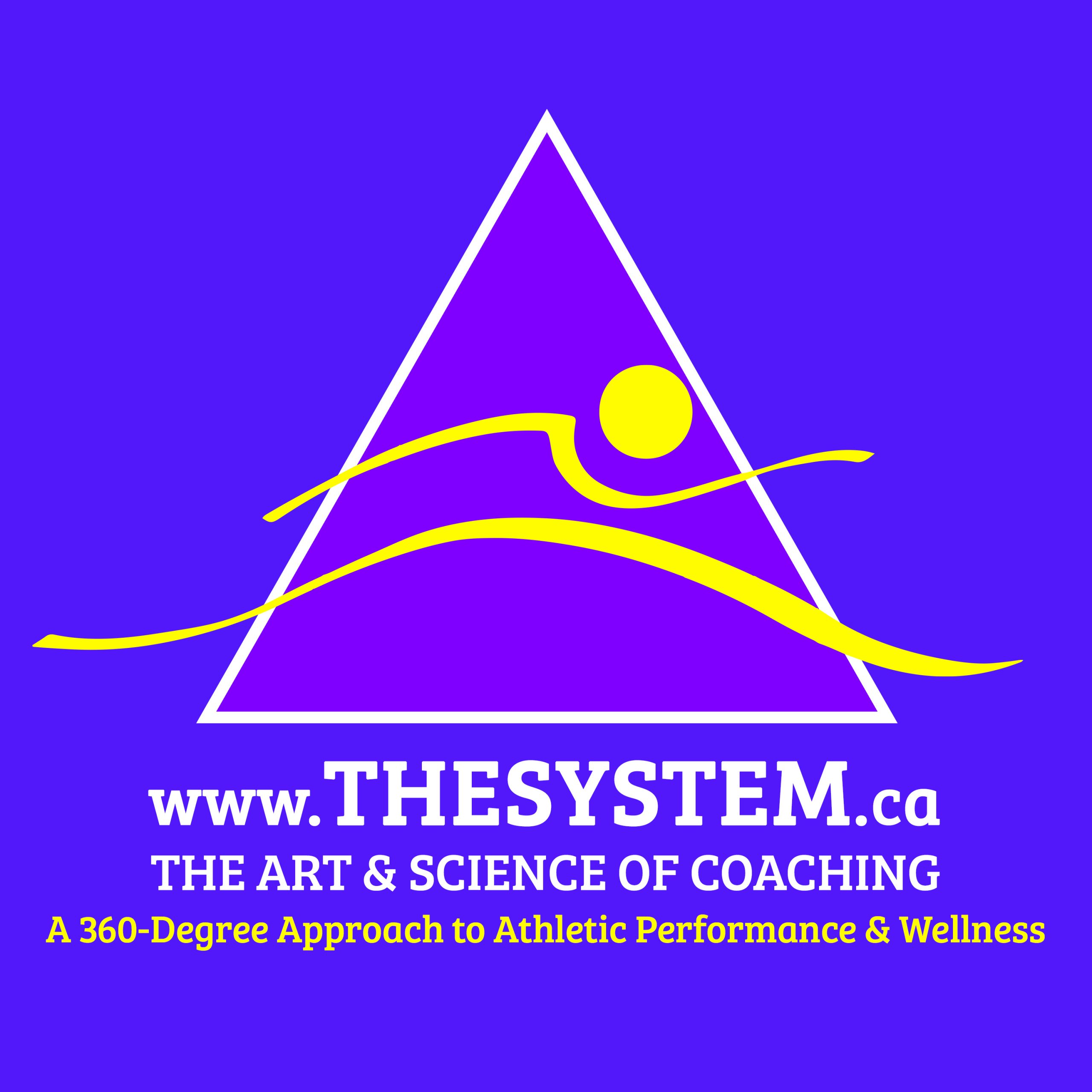Without a doubt the Medicine Ball Training is the most versatile and valuable training implement.
Medicine Ball (MB) weights range from 1lbs to 50lbs +. However, for most athletes, weights between 4 and 5 kg is more than sufficient. Heavier loads can be used on occasion, but the nature of MB exercises should be done in a controlled explosive manner.
MB can also be used as a great warm up tool, to enhance range of motion (ROM) and mobility in various joints.
There are possibly hundreds of drills one can perform with a MB, however, just a select few are usually all that is required for most athletes. There are a variety of motions that can be executed with a MB, but start with some easy drills and build up over weeks. For example: single arm, double hand, underhand, overhand, and side to side.
MB’s can be used with great ease when working with children. In fact it is preferred that one use a MB over actual Olympic weights when working with pre-pubescent children.
MB’s come in a variety of styles. Some bounce, others do not move much once they land (i.e. D-Balls or Dead Balls). A Good facility has a mix of these various types.
MB’s address a variety of training elements i.e. speed, power, flexibility, co-ordination, rhythm and neuro-muscular control.
MB training is considered a low to med. intensity type of training, and therefore could be used several times per week, with a day off in between.
The key mistake an athlete can make using a MB, is to focus on quantity instead of quality, i.e. using too much power and not finding the proper neuro-muscular form and rhythm. Learning to not force the movement and learning to wait for leverage to occur, thus the athlete must control the force output of his/her movements to 80% max, and not 100% of max.
MB training can sometimes provide a welcome relief from the monotony of regular training.
The MB drills can assist in correcting poor motor memory via using slow and controlled movements to get the technique correct. Once the correct motor pattern has been established, either more speed could be added to the movement or more resistance. We think the former is better before the latter.
MB training assists the athlete to develop greater awareness of their body position and Centre of Mass.
Train the non-dominant side, as it will minimize L and R imbalances.
Remember, w.r.t. throws, it is about quality of movement not quantity. “Practice makes…..Permanent (not perfect!)” Keep the reps around 8 to 15 and limit your sets to 3-6. Make sure you give yourself adequate rest between sets, unless you are working on “depletion” repetitions, which in this case, the rest is kept very short, usually under 30sec. Be mindful of the drop in power and / or technique.
You can combine MB training with a bit of Tempo Running (i.e. running at 70% of maximum velocity). This will maintain your Fast Twitch Muscle Fibres, in conjunction with adding to your general conditioning. Workouts such as this one can be used as a form of Active Recovery after more intense weightlifting or speed training sessions, or they can be used with higher volumes (i.e. 3K to 5K of Tempo running & several hundred to over a thousand combination of Abdominals and Throws).
Try adding some MB training to your next workout session and take a break from your normal training.



